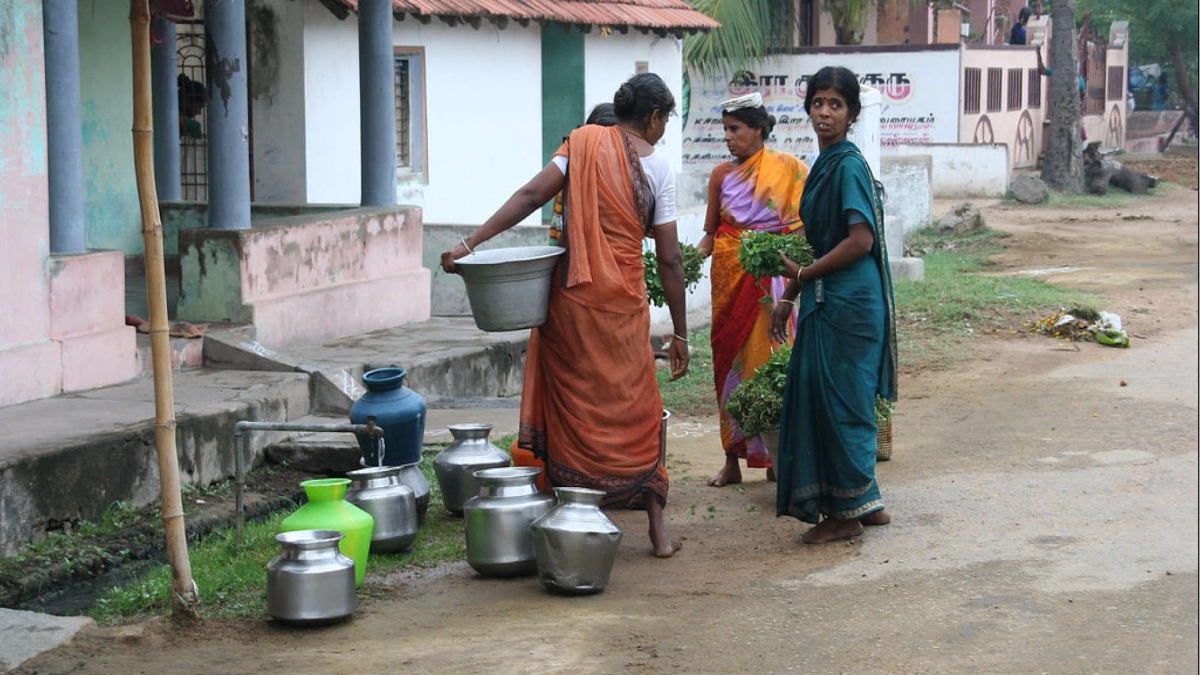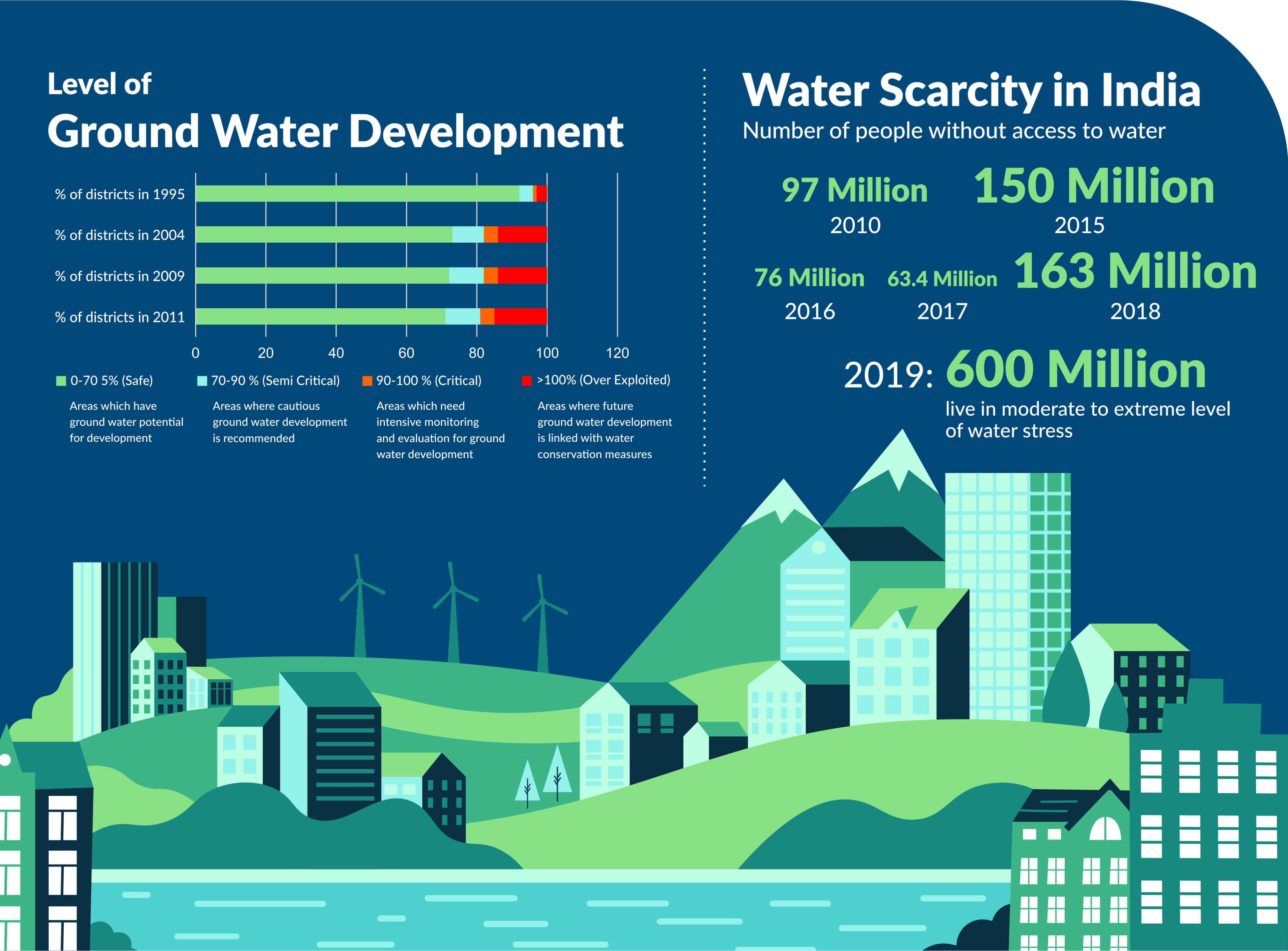


In the past few years, various political parties across the country have been using ‘freebies’ ‘ such as free water supply to lure voters, many of whom probably don’t even have access to piped water supply and/or a metered water connection to avail the benefit of such a scheme. While political parties continue dangling the carrot of free water supply, not only is it leading to the wastage of water, but also taking away from the key issues of drinking water supply and water borne diseases prevalent in the country.

Against the global average of availability of fresh water of 7,600 cubic metres, India only has around 1,545 cubic metres available. 85% of rural households and 50% of urban households are dependent on the usage of groundwater and due to water wastage, the water table of many cities is depleting faster than one can imagine.
While promising free water can help lure voters for parties in the short term, the impact this has on the environment and future water supply cannot be ignored. Economists and environmentalists alike have criticised using the bait of “free water” to capture votes, as this policy is ineffective in reaching those who actually need it and leads to further water wastage.